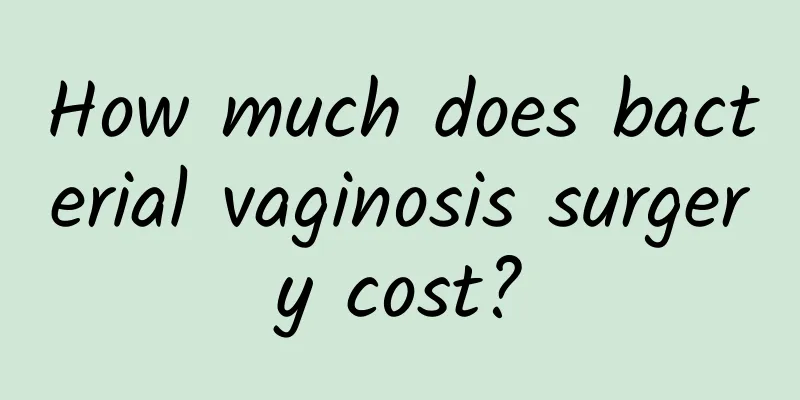How to treat early stage endometriosis

|
The initial symptoms of endometriosis are usually mild and can be relieved by some non-surgical methods, but if the symptoms worsen or affect daily life, it is very important to seek medical attention in time. Endometriosis is a common gynecological disease that refers to the growth of endometrial tissue outside the uterine cavity. Commonly affected areas include the ovaries, pelvic peritoneum, and fallopian tubes. Because these ectopic endometriums also follow the hormonal changes of the menstrual cycle, they will bleed like normal endometrium, but this blood is trapped in the body and cannot be discharged, causing inflammation and pain. Symptoms usually include dysmenorrhea, pelvic pain, and irregular menstruation. In the early stages, patients can try to improve symptoms by adjusting their lifestyle. For example, moderate exercise and a healthy diet can help relieve pain. Studies have shown that aerobic exercise can improve pelvic blood circulation and relieve menstrual pain. In addition, it is also important to maintain mental health, as stress and anxiety may aggravate pain. You can also consider drug treatment, such as nonsteroidal anti-inflammatory drugs (NSAIDs) to relieve pain, or oral contraceptives to regulate the menstrual cycle and reduce menstrual bleeding. In the early stages, patients can try to improve symptoms by adjusting their lifestyle. For example, moderate exercise and a healthy diet can help relieve pain. Studies have shown that aerobic exercise can improve pelvic blood circulation and relieve menstrual pain. In addition, it is also important to maintain mental health, as stress and anxiety may aggravate pain. You can also consider drug treatment, such as nonsteroidal anti-inflammatory drugs (NSAIDs) to relieve pain, or oral contraceptives to regulate the menstrual cycle and reduce menstrual bleeding. In addition to lifestyle adjustments and medication, it is also helpful to understand proper health care measures. Patients can relieve pain by applying warm compresses to the abdomen or taking a warm bath. Eat more anti-inflammatory foods, such as fish rich in omega-3 fatty acids and vegetables rich in dietary fiber, to reduce inflammation in the body. For patients whose symptoms are more severe or cannot be relieved by initial treatment, timely medical treatment and professional medical evaluation are key to ensure effective treatment. Doctors may recommend some hormone treatment options or minimally invasive surgery to help control the disease. |
<<: Is pelvic mass adenomyosis?
>>: What bacteria cause bacterial vaginosis
Recommend
Why does my menstruation never end?
Why does my menstruation never end? Menstruation ...
How to treat vaginitis?
How to treat vaginitis? Gynecologists say that si...
Expert lecture: Prevention knowledge of cervicitis
Cervicitis is a type of gynecological inflammatio...
My breasts hurt when I touch them during menstruation
My breasts hurt when I touch them during menstrua...
Losing weight only depends on calories and nutrients.
When reading the nutrition facts panel on a packa...
Four main causes of cervical erosion
Cervical erosion is a gynecological disease cause...
What are the symptoms of uterine fibroids? What are the diagnostic methods for uterine fibroids?
Symptoms Most uterine fibroids, even if they are ...
How to treat cervical erosion?
The incidence of cervical erosion is now rising, ...
How to take care of uterine effusion in daily life
Nowadays, the incidence of gynecological diseases...
How to perform uterine fibroid surgery
Uterine fibroid surgery generally selects the app...
Improper surgical operation may lead to the cause of adnexitis
Many patients are not very clear about the cause ...
Several effective treatments for irregular menstruation
During a woman's physiological period, irregu...
How much does it cost to treat pelvic peritonitis?
Female friends are very familiar with pelvic peri...
Early signs of ovarian cysts
Ovarian cysts are a type of ovarian tumor in a br...
What are the consequences of endometrial thickness of 18M?
What are the consequences of endometrial thicknes...









